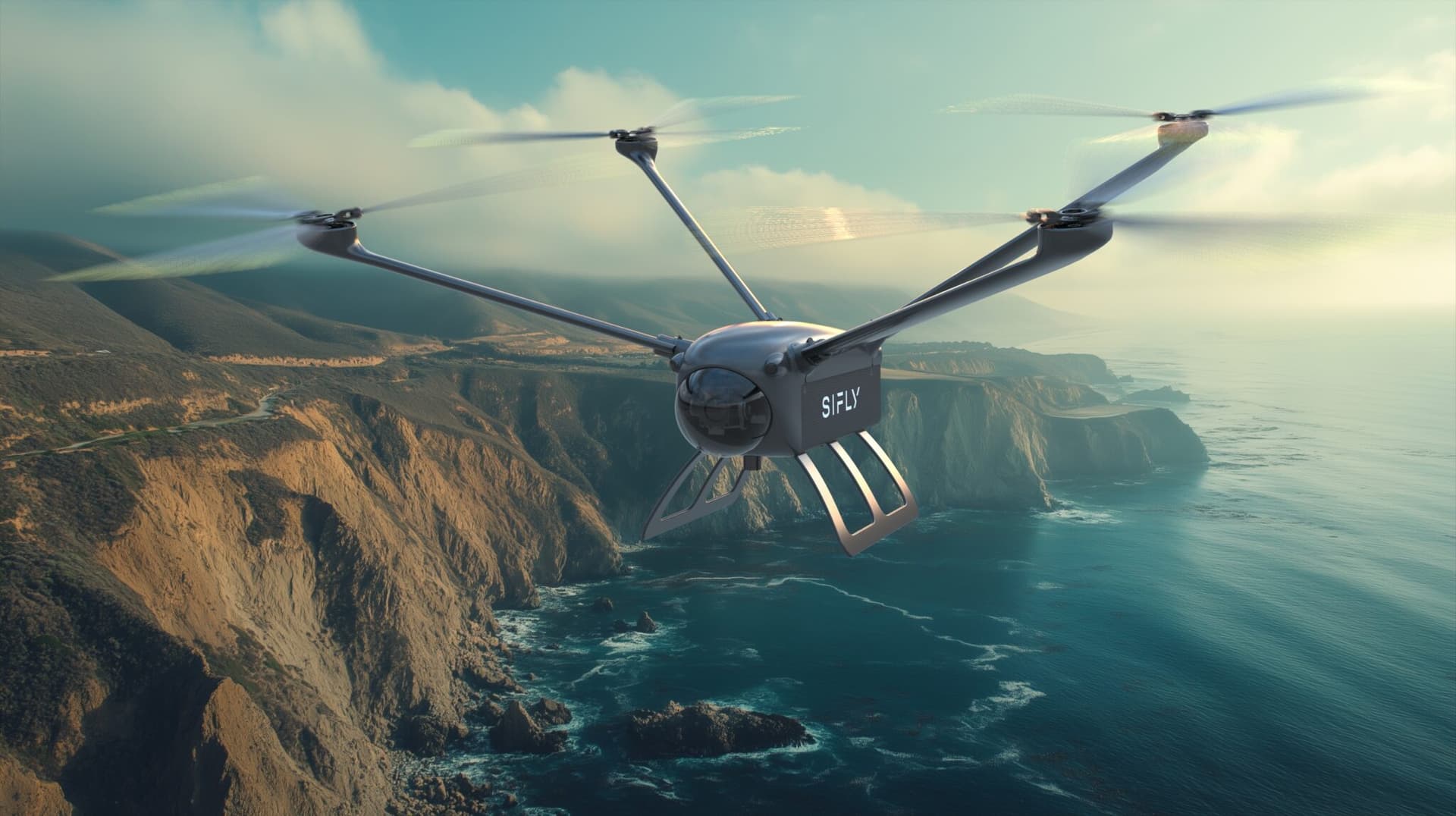Long Endurance Drone Demonstration Raises Questions for Yuma County
A national drone maker demonstrated a long endurance prototype at a November 18, 2025 border summit in Sierra Vista, and Cochise County announced a planned pilot program that could shape future operations across Arizona counties. Yuma County officials said they have no current plans to start a county drone program because federal Customs and Border Protection already operates drones in the Yuma Sector, a difference that matters for local resource allocation and oversight.

Draganfly, a national drone manufacturer, showcased a long endurance prototype called the Outrider at a border summit in Sierra Vista on November 18, 2025, an event covered by Axios. Cochise County officials described the prototype as potentially a "game changer" because it can reportedly remain aloft for up to seven hours. The demonstration highlighted both operational possibilities and regulatory hurdles that counties will face when considering unmanned aviation for border security work.
The most immediate takeaway for Yuma County residents is that their sheriff's office is not pursuing a similar county level drone program at this time. The Yuma County Sheriff's Office, through spokesperson Tania Pavlak, said the agency had no current plans to start a drone program because Customs and Border Protection already operates drones in the Yuma Sector. That federal presence shifts the operational need and budget calculus for county leaders who weigh local investment against available federal aviation assets.
Demonstrators and officials at the summit emphasized the operational advantages of longer endurance drones. Extended flight time can increase patrol coverage per sortie, reduce the frequency of costly launches and recoveries, and allow for longer persistent observation over remote stretches of border. Those capabilities appeal to counties with limited personnel and large areas to monitor, which in part explains Cochise County's interest in launching a pilot program to evaluate real world benefits and costs.
The demonstrations also exposed regulatory barriers. Observers noted challenges obtaining Federal Aviation Administration waivers required for certain operations, a factor that could slow deployment even if technology proves reliable. FAA waiver processes affect how and where drones can fly, and counties must consider the timeline and likelihood of regulatory approval when planning programs. The combination of technical capability and regulatory complexity will shape which jurisdictions move forward.
Cochise County's pilot could become a model for other Arizona counties if it demonstrates measurable improvements in situational awareness and cost effectiveness. Conversely, Yuma County's reliance on Border Patrol aviation assets illustrates a second model in which local agencies coordinate with federal partners rather than acquire their own aircraft. That divergence has implications for oversight, community engagement, and budget priorities.
For Yuma voters and local officials, the discussion is fundamentally about roles and trade offs. Decisions about whether to invest in county operated drones involve operational need, coordination with federal agencies, regulatory hurdles, and the duty to maintain public trust. As Cochise moves ahead with its pilot, local leaders in Yuma and elsewhere will watch for results that could reshape how border security is organized and financed across the region.
